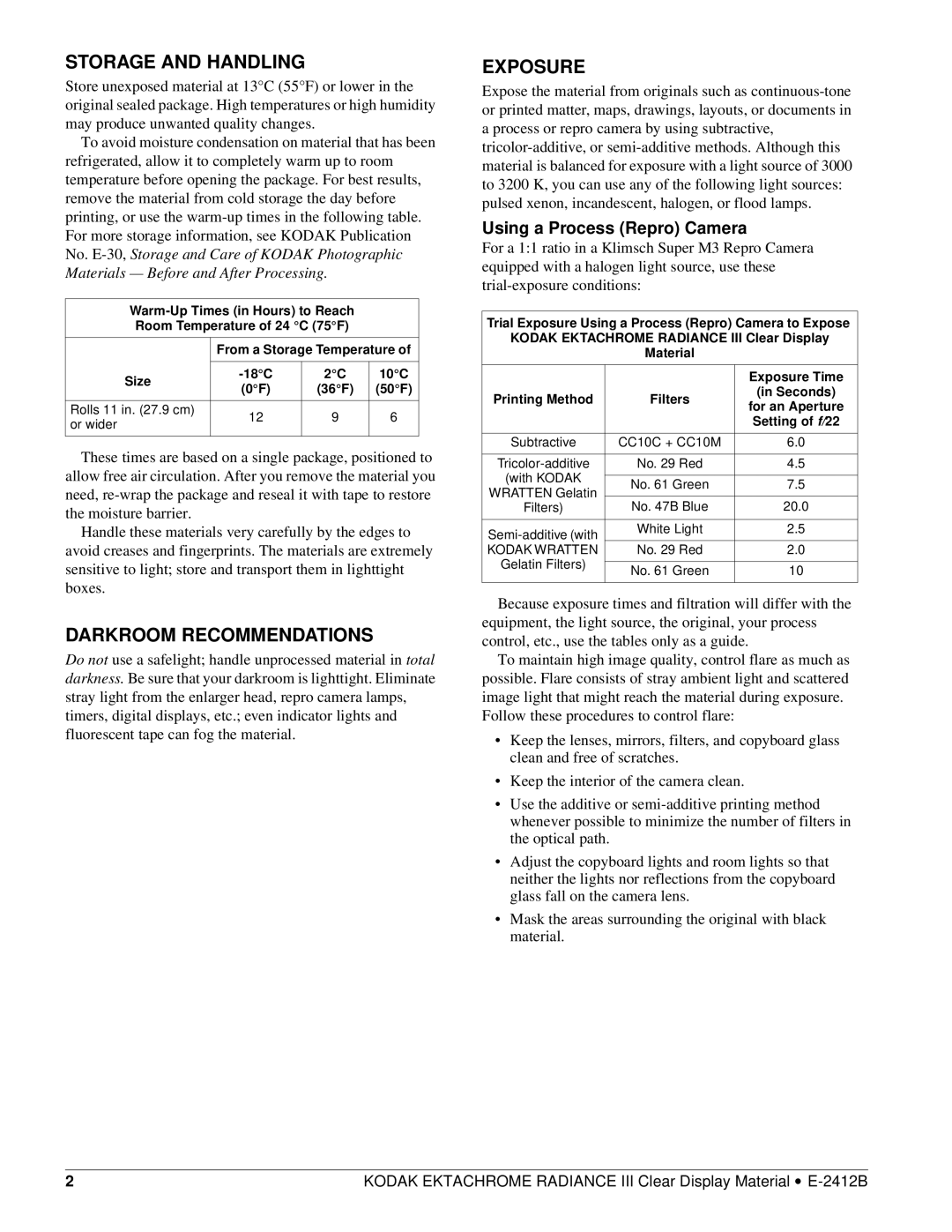E-2412B specifications
The Furitechnics E-2412B is an innovative device designed for modern industrial applications, offering a remarkable blend of efficiency, durability, and advanced technology. This model has garnered attention due to its robust features that enhance operational performance and ease of use.One of the main features of the E-2412B is its high-precision measurement capabilities. This device is equipped with advanced sensors that ensure accurate data collection in real-time, making it ideal for environments where precision is crucial. The E-2412B can measure various parameters, including temperature, pressure, and humidity, providing comprehensive insights into operational conditions.
In terms of technology, the E-2412B supports wireless connectivity, allowing for seamless integration into existing systems. This feature facilitates remote monitoring and data analysis, empowering users to make informed decisions without being tethered to their equipment. The device also supports various data transmission protocols, ensuring compatibility with a wide range of industrial applications.
The E-2412B is designed with user ergonomics in mind. Its intuitive interface allows for easy navigation and operation, reducing the learning curve for new users. The device features a large display that presents data clearly, enabling operators to quickly assess conditions at a glance. Additionally, customizable alerts can be set up to notify users of any anomalies, ensuring timely intervention when necessary.
Durability is another hallmark of the Furitechnics E-2412B. Built with high-quality materials, the device is resistant to harsh environmental conditions, including extreme temperatures and moisture. This durability ensures that the E-2412B can perform in a variety of settings, from manufacturing plants to outdoor installations, without compromising functionality.
Moreover, the E-2412B comes with advanced data logging capabilities. It can store historical data for trend analysis, helping users identify patterns and optimize performance over time. This feature is particularly beneficial for predictive maintenance, allowing companies to address issues before they result in costly downtime.
In summary, the Furitechnics E-2412B stands out for its precision, connectivity, user-friendly design, and robust construction. Its advanced features and reliable performance make it a valuable asset for industries seeking to enhance operational efficiency and responsiveness in today’s fast-paced environment. As technology continues to evolve, the E-2412B remains at the forefront, delivering the innovation necessary for modern industrial challenges.

